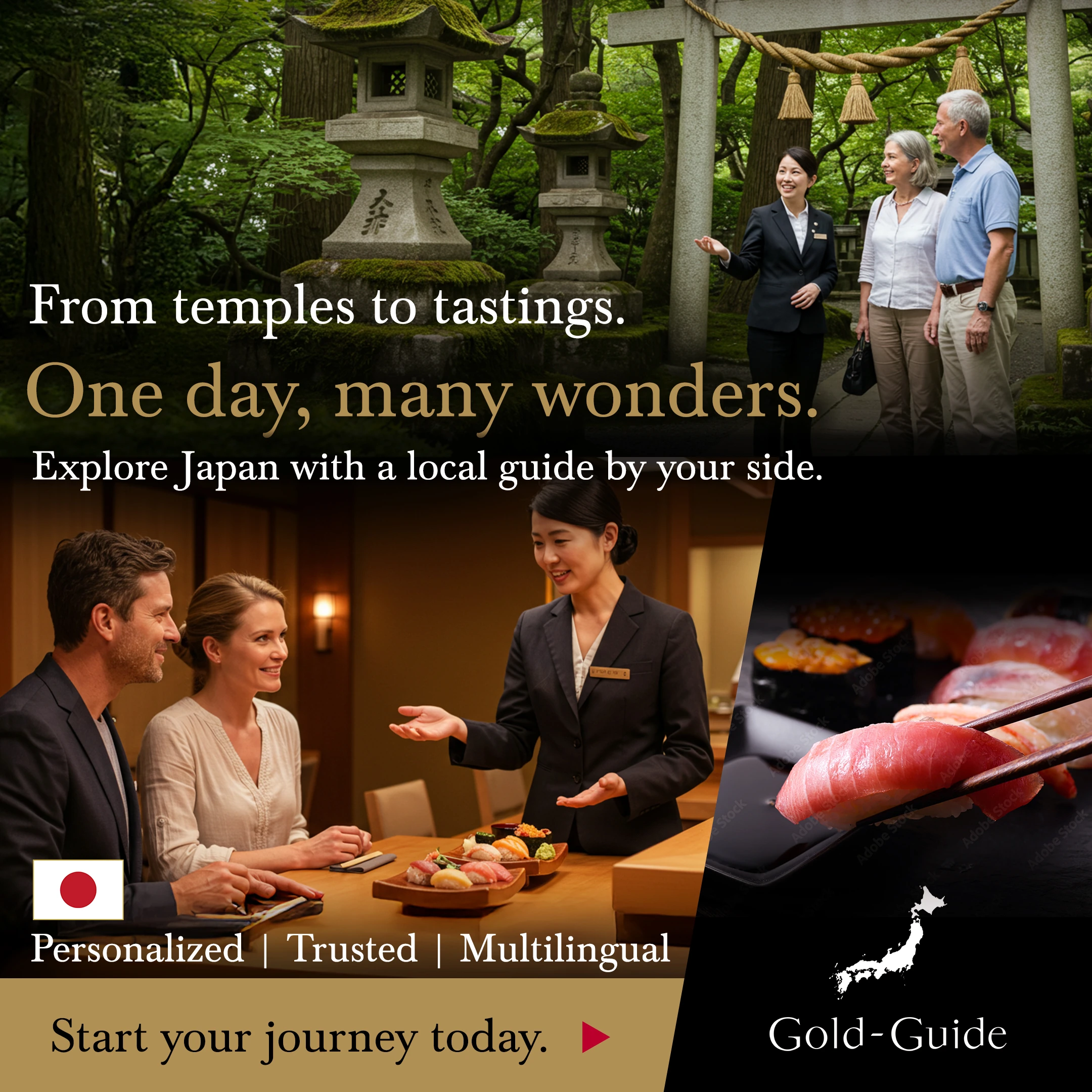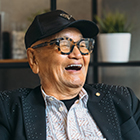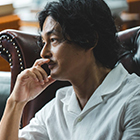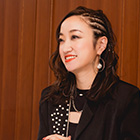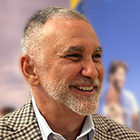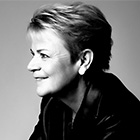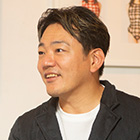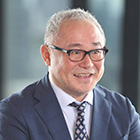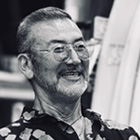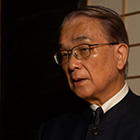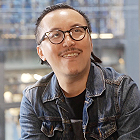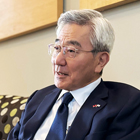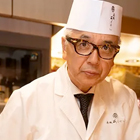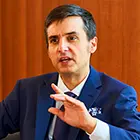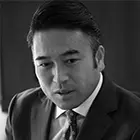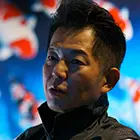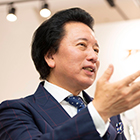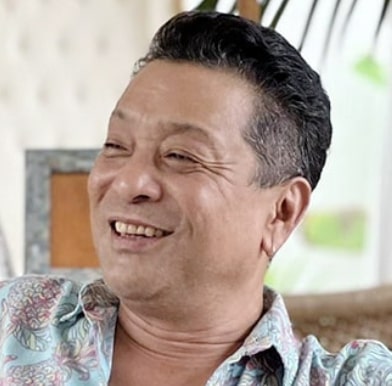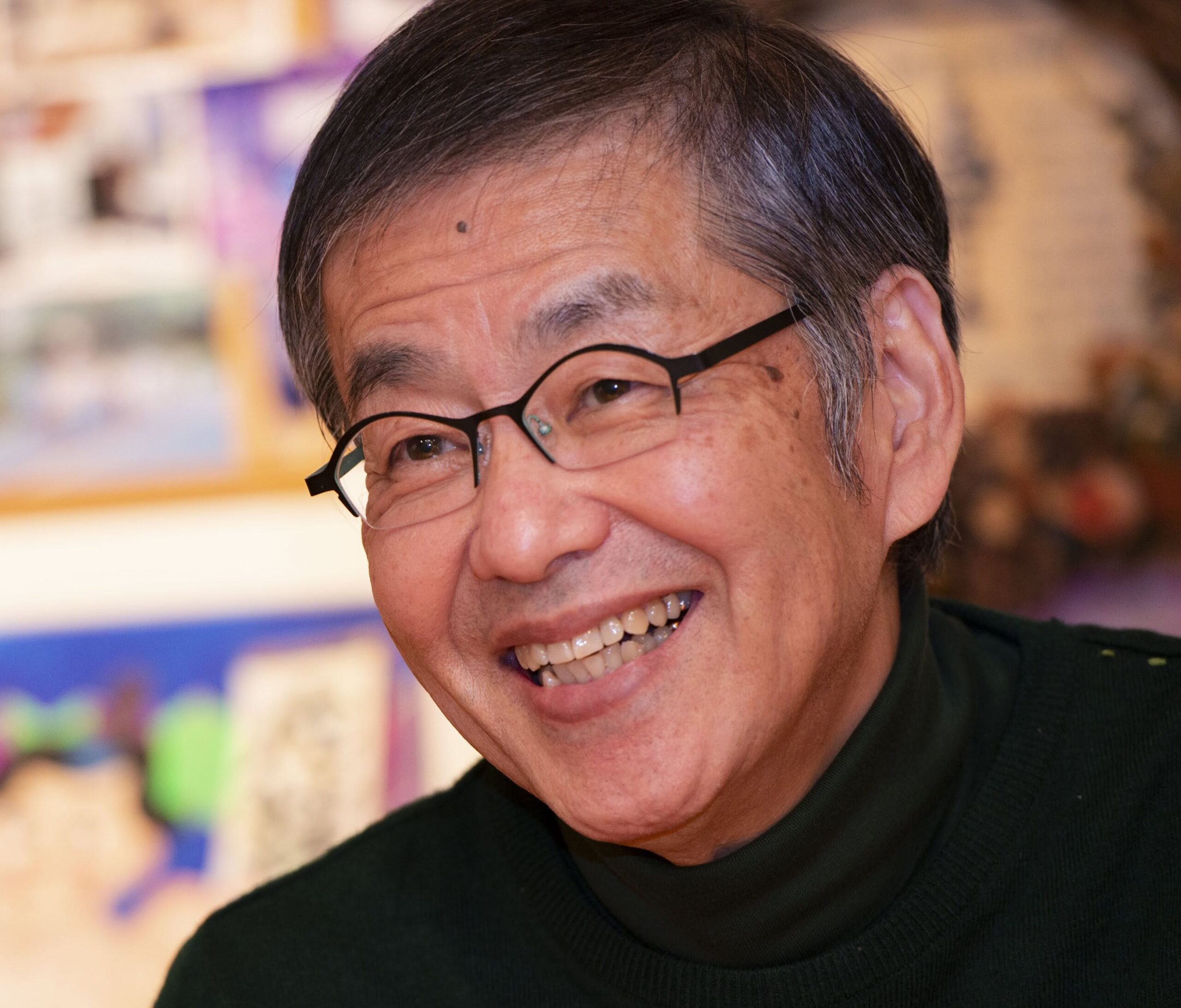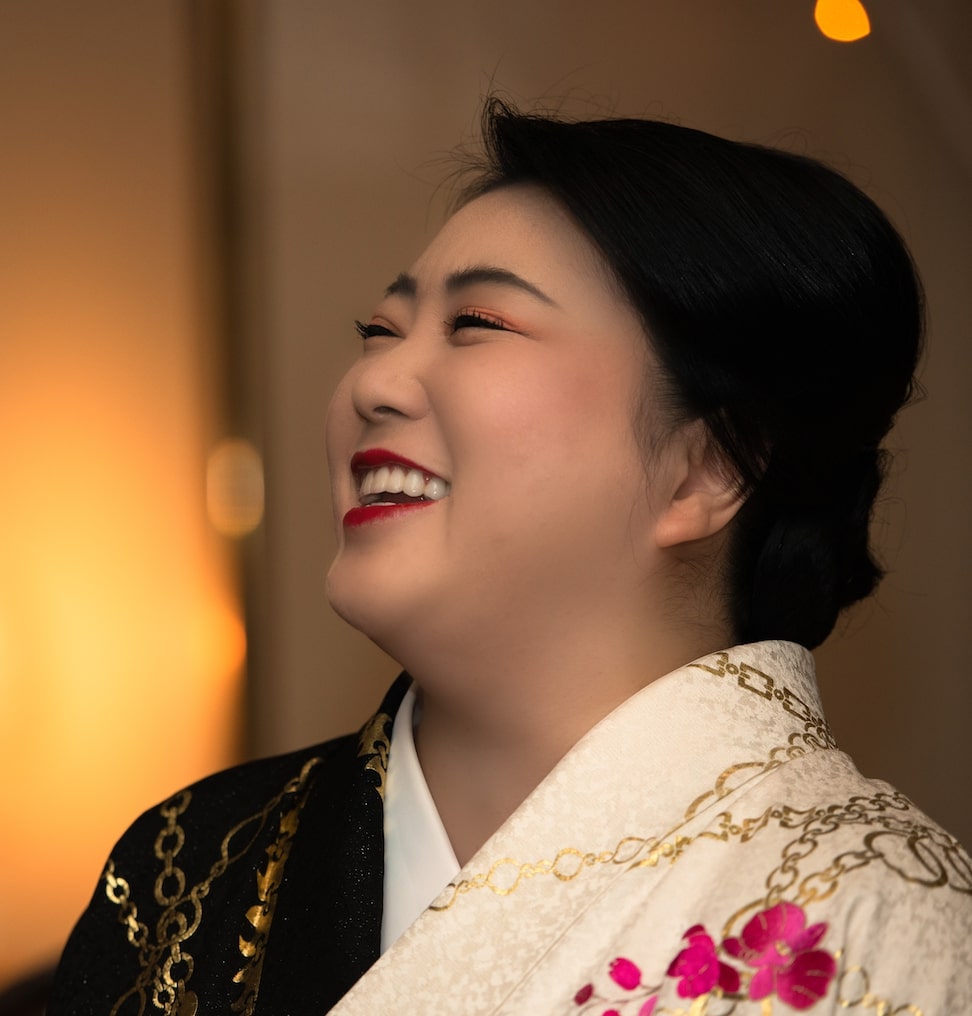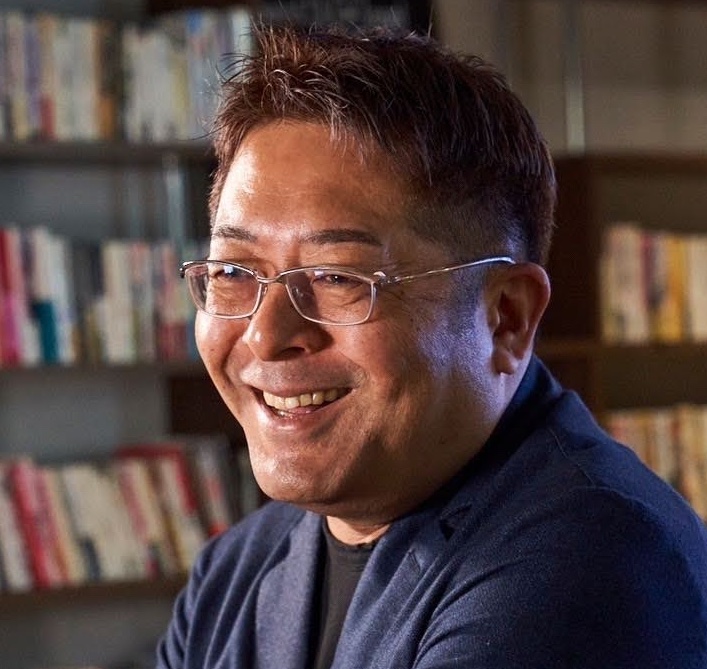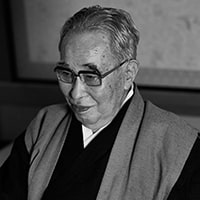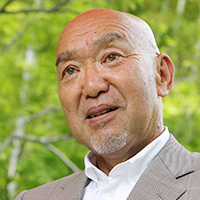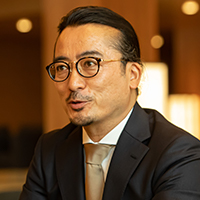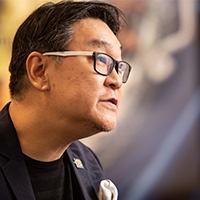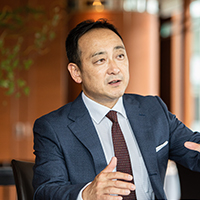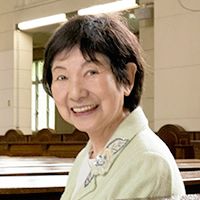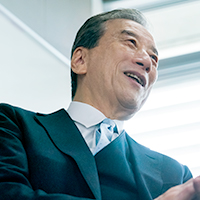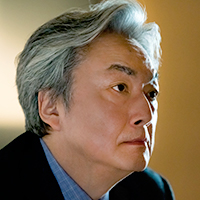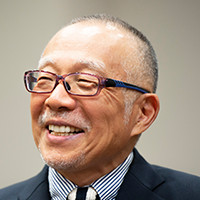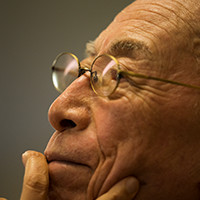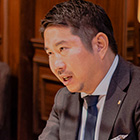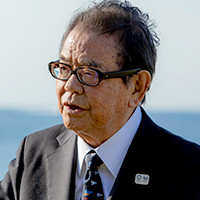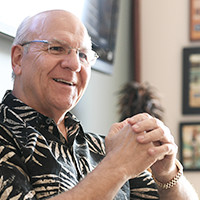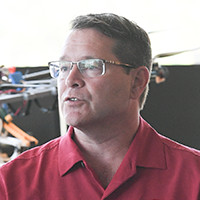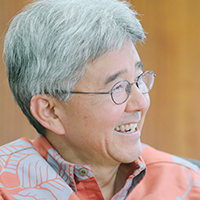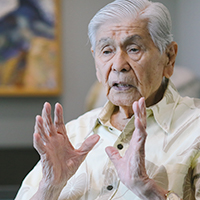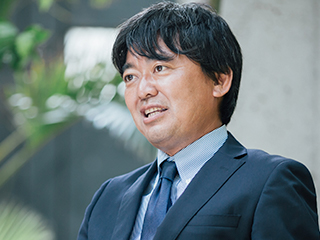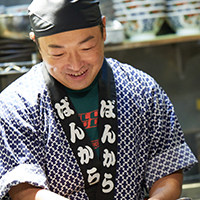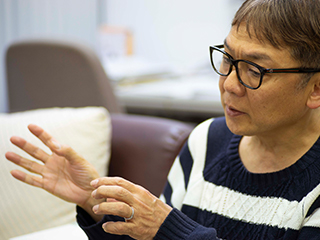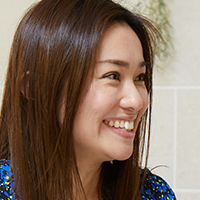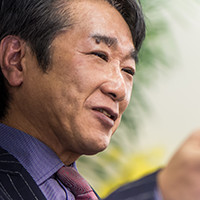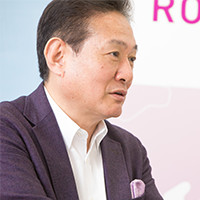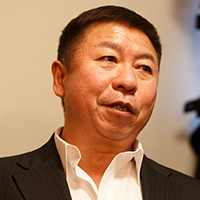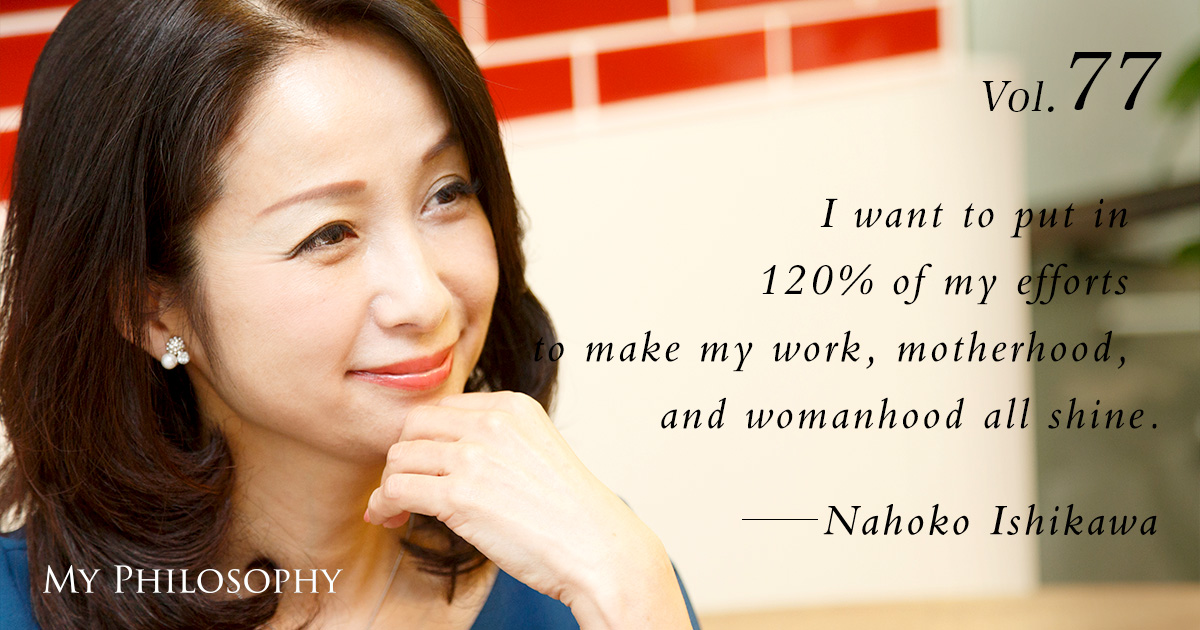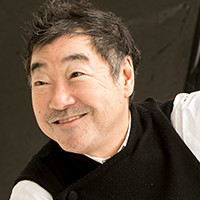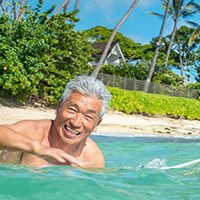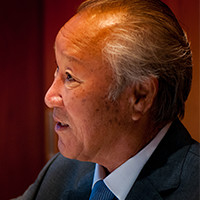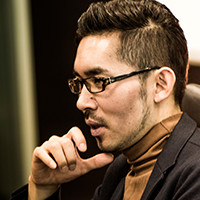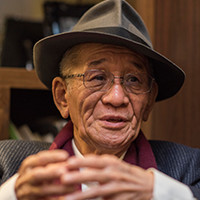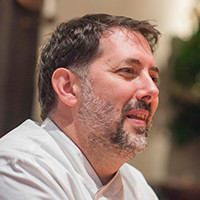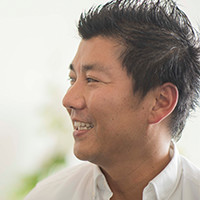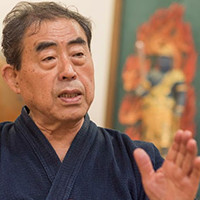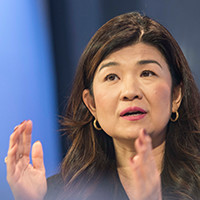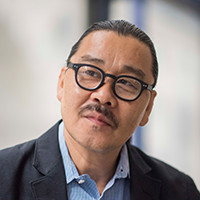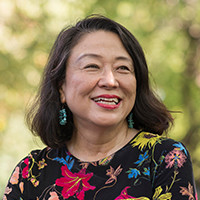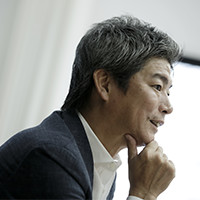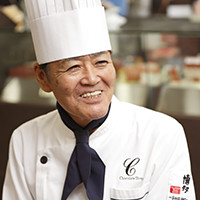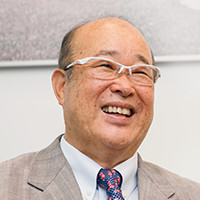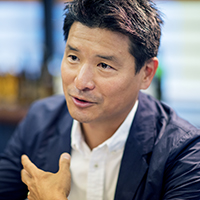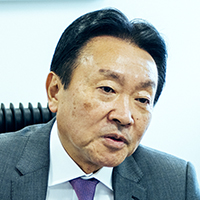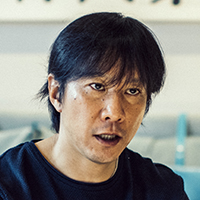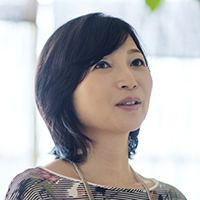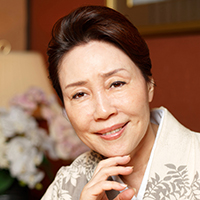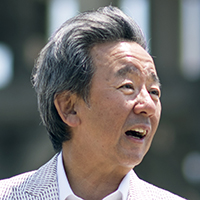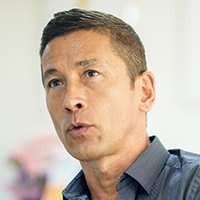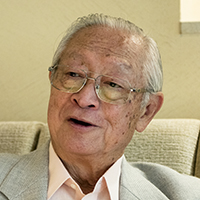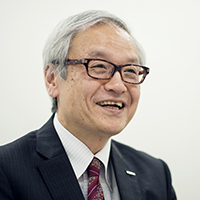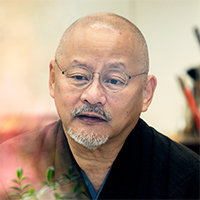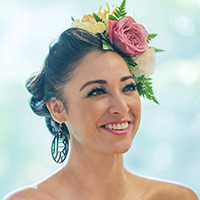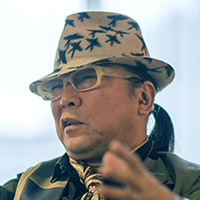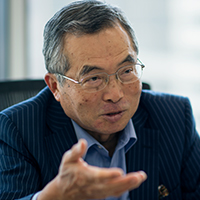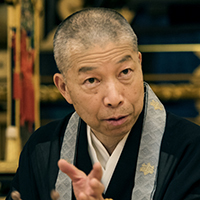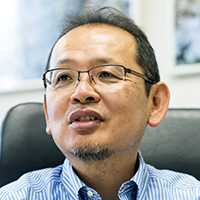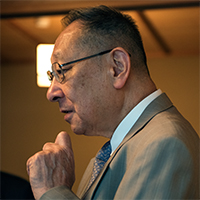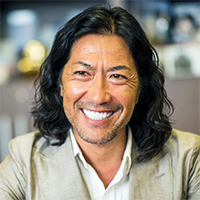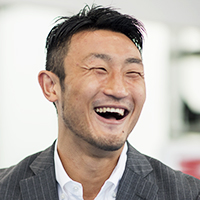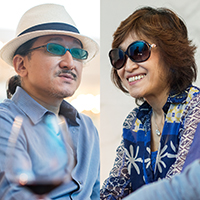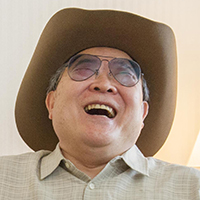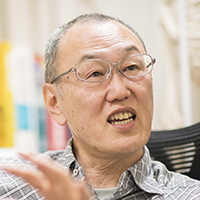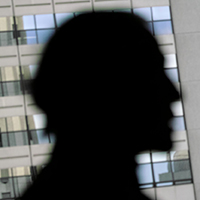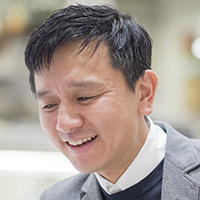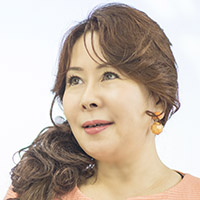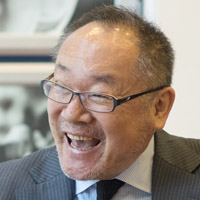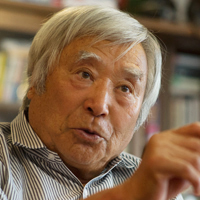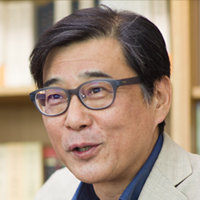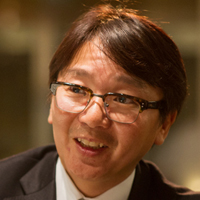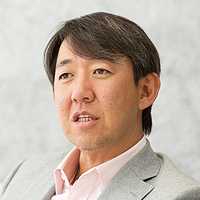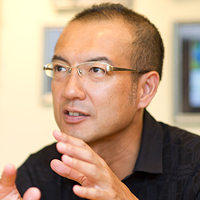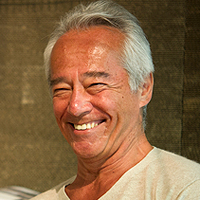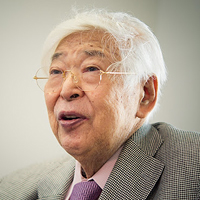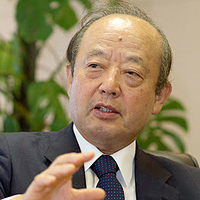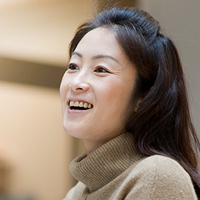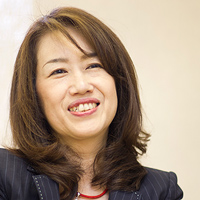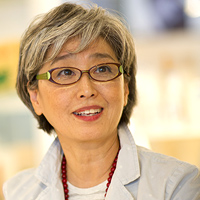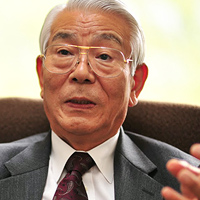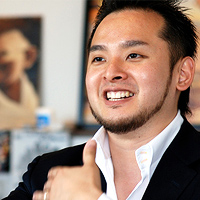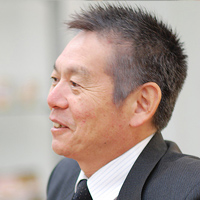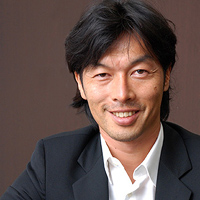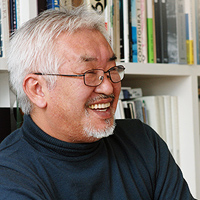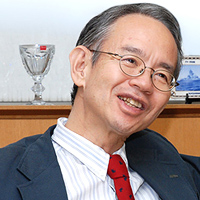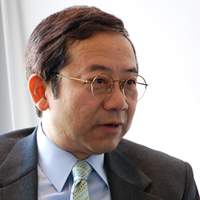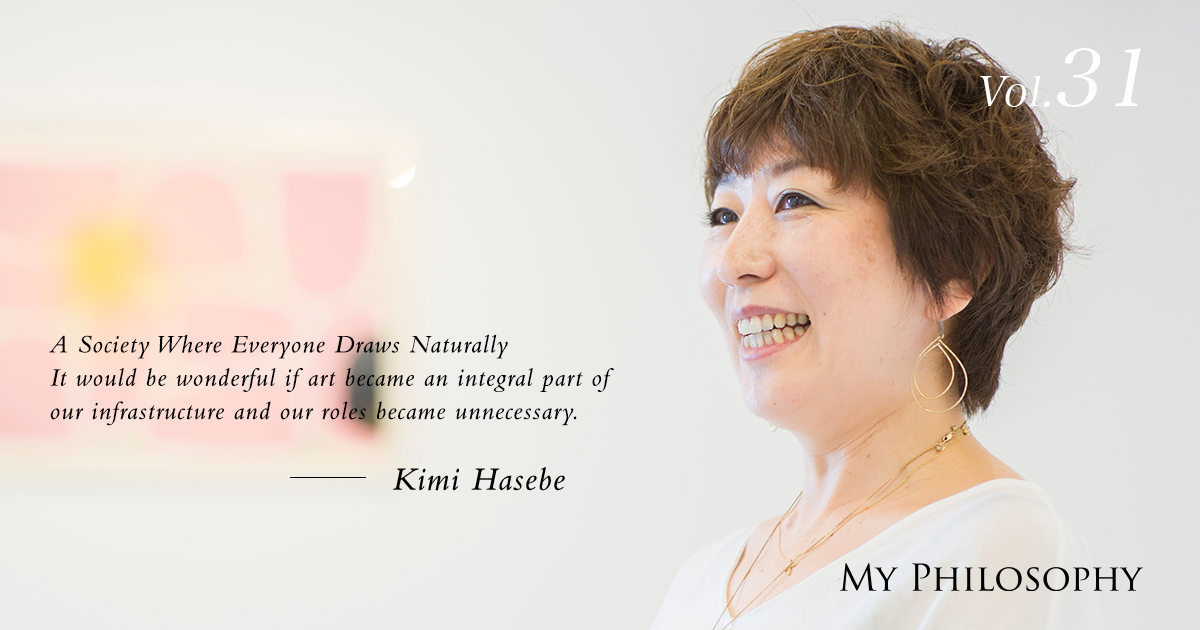
Under the concept of "Communication Art," White Ship Inc. is engaged in various project developments and art activities. We spoke with Takami Hasebe, the company's representative, about the current demand for art and the company's future vision.
Profile
Vol.31 Takami Hasebe
White Ship Inc. CEO | Art Producer
Born in Tokyo in 1965, Takami Hasebe believes that for art to contribute to society, it is essential to incubate both artists and audiences. To this end, she has developed and implemented art programs and facilitation methods for a wide range of participants, including children, students, business professionals, and companies. Since 2008, she has been working with a team of strategic consultants to develop and offer the organizational transformation program "Vision Forest." Additionally, she is involved in artist management, incubation, and the planning and operation of exhibitions.
*Titles and positions are as of the time of the interview (July 2014).
Communication Born from Expressing Inner Feelings
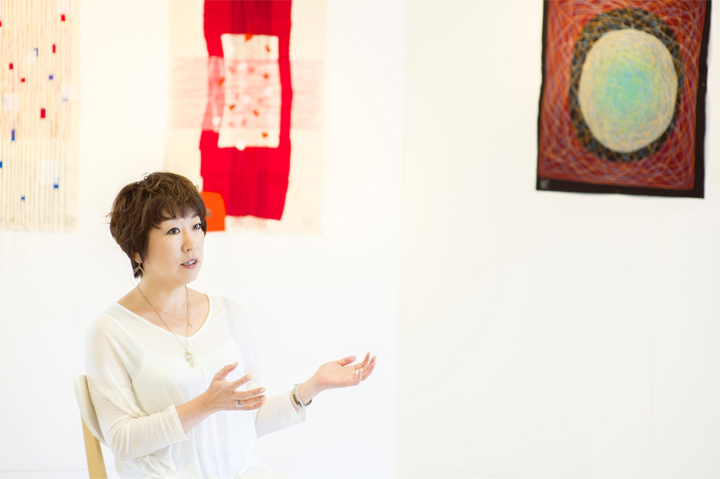
We offer the “EGAKU Workshop,” an art program designed to draw out the innate creativity within each person and allow them to enjoy the power of art, to both individuals and corporations. Initially developed for children, we never imagined that it would be embraced so widely, even by corporate executives. Around 2004, we began offering the program to business professionals, sparked by discussions with those involved in organizational transformation. They suggested that instead of relying solely on dialogue and coaching, perhaps something could be achieved through tangible art.
Many participants in the EGAKU Workshop have said they experienced a level of deep communication they don’t usually encounter. When conducted within an organization, it’s reported that understanding each other’s thoughts and feelings, which aren’t apparent in superficial conversations, dramatically accelerates team building. Additionally, participants engage in deep communication with their colleagues while also reflecting on their own values, their thoughts about the company, and their feelings toward customers. This dual communication—with others and with oneself—leads to smoother and more open communication within the organization, which is a direct effect of the workshop.
Recently, we’ve received collaboration inquiries from overseas, and we are considering expanding our reach to international markets as well as regional cities in Japan. To achieve this, finding partners who deeply understand the essence of the art program and can help design and implement it will be our next challenge.
Enjoying the Purpose-Free
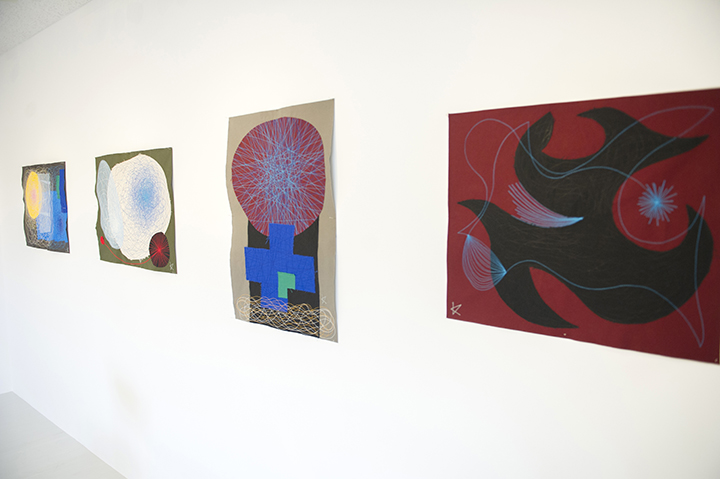
Recently, we held a talk session themed “What is the EGAKU Workshop?” JSR Corporation President Mitsunobu Koshiba, who spoke at the event, mentioned, “Innovation cannot occur if you remain in your comfort zone. There is meaning in engaging in art that might seem purposeless and unaccomplished.” Jun Nakahara, an associate professor at the University of Tokyo who moderated the session, analyzed the current business scene, stating, “We may be losing our tolerance for purposelessness and poor visibility. We are becoming less able to endure purposeless activities, feeling discomfort and anxiety about not knowing what lies ahead.” He added that since innovation takes 15 to 20 years, complaining about drawing a picture suggests innovation is still far off. Art, according to him, might be the medium through which we build mutual respect and strive to find meaning. His comments were quite stimulating.
There are seeds of innovation within organizations, but often they are being stifled. Immersing oneself in purposeless art, seriously engaging with and enjoying it, may strengthen our tolerance for purposelessness. I believe we have very little time today to confront ourselves, enjoy the process of creating something new, and find our own answers to questions without predetermined answers. This seemingly meaningless art time might be necessary for both adults and children in this era.
Art as Infrastructure
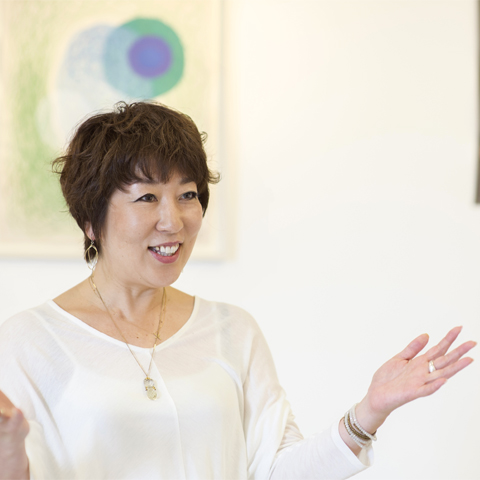
Fourteen years since our establishment and a decade since incorporation, it has been a challenging journey, especially in the beginning, since there was no business model to refer to, it was really difficult to create a structure. Looking back, it feels like a series of miracles and tightrope walks, but our vision from the start has gradually taken shape. This achievement is entirely due to the people involved. Without the colleagues who resonated with our vision and those who connected us with others, we wouldn’t be where we are today. Additionally, we feel influenced by the flow of the times. Having experienced the Lehman Shock and the earthquake, there’s a stronger sense that we must create our own future. One of our major goals is to expand the EGAKU Workshop globally. When conducting these workshops, I am continually amazed by human creativity. Everyone possesses remarkable creative abilities, which means they have the power to create their own future. We want more people to realize this, and thus we aim to spread the EGAKU Workshop worldwide.
Another approach we wish to pursue is changing the concept of art itself. Both of these goals are part of the activities of Kunihiko Tanizawa, a founding member and artist. The EGAKU Workshp he devised and the various art projects we implement are considered extensions of his art activities. Through these activities, we aim to question the role of 21st-century art in the world.
Ultimately, we envision “Communication Art” becoming an essential part of society, like water or electricity. We hope for a society where everyone draws naturally, regardless of skill level. Many children who participate in the EGAKU Workshop say, “I used to think drawing was only for those who were good at it, but now I realize it’s very important.” Teachers and adults in the educational field also come to this realization, integrating creative learning into education, workplaces, and daily life. Ideally, this would make our role unnecessary in the long run.
Everyone Has the Power of Creativity
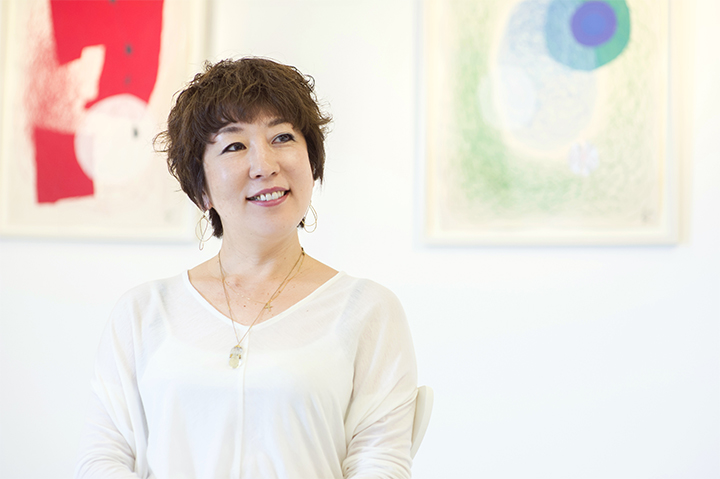
In today’s world, the idea that one can safely continue operating within traditional frameworks is increasingly being questioned. As a result, more people are seeking to find meaning in their lives and work. Many are searching for how to navigate this new landscape. While people may want answers and new frameworks, they often realize that there is no single answer. If we can’t find answers externally, how do we discover them within ourselves? This is where art provides various hints and insights.
I believe that everyone possesses remarkable creativity, the power to create their own future. Even those who think they can’t draw can do it when they try. This means that even if people think they’ve reached their limit, they often have untapped potential. This untapped potential is precisely where creativity lies. The various challenges in the world and within ourselves can be resolved if each individual blooms their creativity, recognizes each other’s abilities, and continues persistently. This is akin to what Mr. Sugiyama writes in his book “The Courage to Act (Koudou suru Yuki).” Art, too, will not materialize if one does nothing in front of a blank canvas. One must keep making choices in their own way. When you act, something unique and beautiful will emerge. Over the years, I have seen the works of more than 7,600 people, and not one has failed. The creativity of humans is truly astounding.
Moving forward, I want children, business professionals, executives, those in creative fields, and even mothers raising children to experience this. To achieve this, I aim to grow personally and, together with my colleagues, expand our encounters globally.
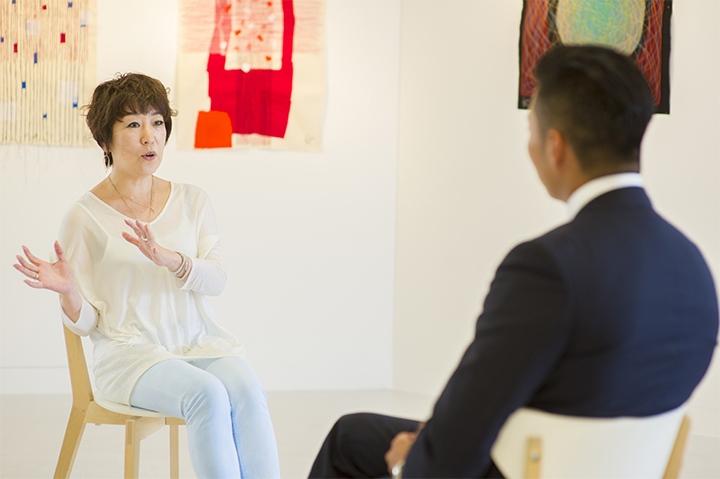
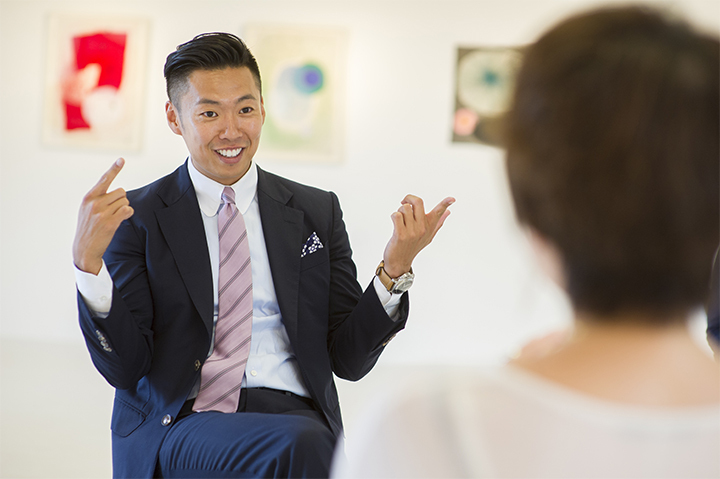
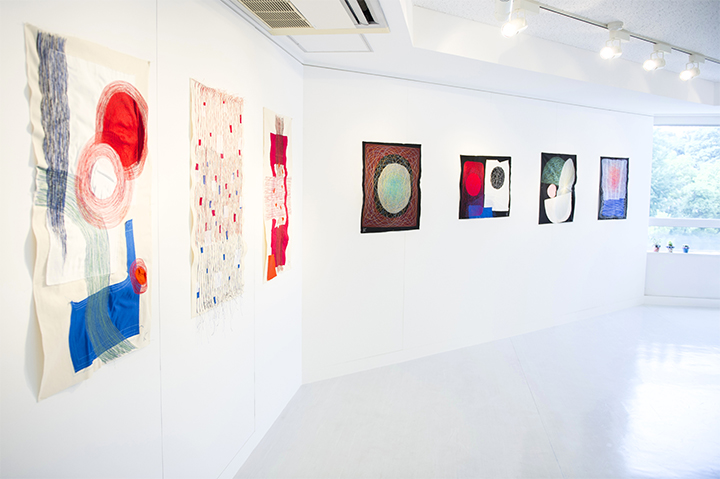
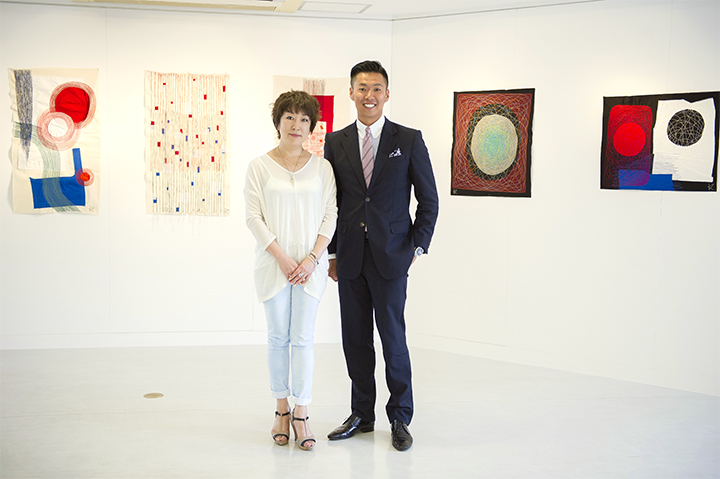
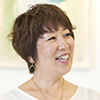
I can never forget the excitement I felt when meeting Mr. Sugiyama for the first time. With his sparkling eyes, he leaned forward and asked questions about art with such enthusiasm. In my line of work, people’s reactions generally fall into two categories: those who engage with curiosity, like Mr. Sugiyama, and those who are left puzzled with a head full of question marks. Mr. Sugiyama belongs to the former, distinguished by his exceptional curiosity and energy, and he quickly came to visit our studio. He is truly a “man of action.” Not understanding art made him eager to learn about it. I believe that if more business leaders like Mr. Sugiyama, who seek to understand art, emerge, the world will become much more enjoyable. Thank you for the passionate interview, and I look forward to our continued collaboration!
Takami Hasebe. CEO and Art Producer, White Ship Inc.
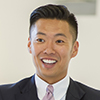
Through this interview, I reaffirmed that taking time to reflect on oneself is essential in our information-driven society. Recently, more companies have been incorporating White Ship’s art programs into their seminars, and I believe this demand will continue to grow. I started developing an interest in art last year, and I have been making time to visit art museums. Every day, we are inundated with a relentless wave of information. It is important to clarify our stance, act consistently without being swayed by information, and have the courage to maintain our direction.
Some people may be unfamiliar with the concept of integrating art into seminars, but I hope this interview will serve as an opportunity to consider the power of art.
July 2014,At the “Embroidery” Exhibition by Kunihiko Tanizawa at 92art Studio.Translated by ILI Inc.




